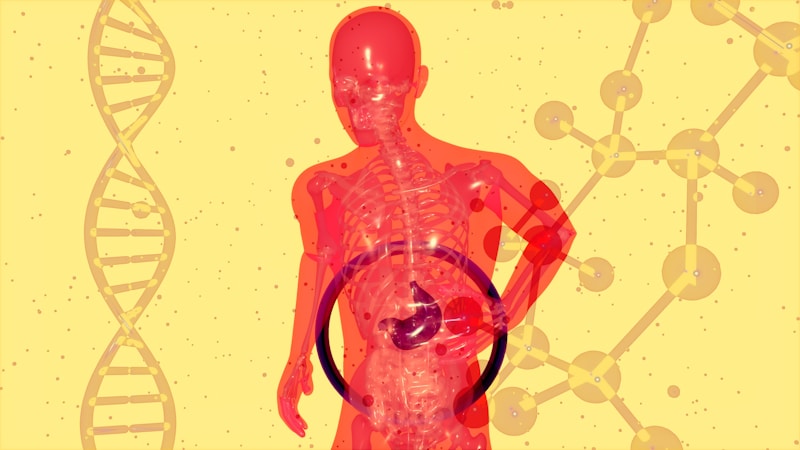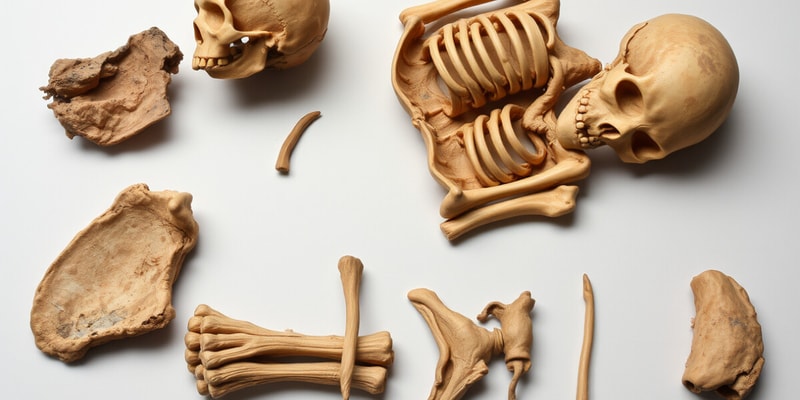Podcast
Questions and Answers
What is one of the primary tasks a forensic anthropologist must determine when analyzing remains?
In forensic anthropology, what does the term 'time since death' refer to?
What aspect of remains might forensic anthropologists analyze to help establish if a death was recent or occurred a long time ago?
Which of the following questions is NOT typically pursued by forensic anthropologists?
Signup and view all the answers
Which question might a forensic anthropologist ask to help assess the potential cause of death?
Signup and view all the answers
Study Notes
Determining the Biological Profile
- Forensic anthropologists analyze remains to establish the biological profile of the deceased. This includes identifying traits like age, sex, stature, and ancestry.
Time Since Death
- Time since death, also known as postmortem interval, refers to the elapsed time between death and the discovery of the remains.
Determining Time Since Death
- Decomposition, the process of breaking down remains, provides insights into the time since death. The state of decomposition can indicate if a death was recent or occurred a long time ago.
Non-Forensic Questions
- Forensic anthropologists primarily focus on identifying the deceased and the circumstances surrounding their death. They do not typically investigate the social or psychological factors that might have contributed to the individual's life and death.
Assessing the Cause of Death
- Forensic anthropologists might analyze trauma, such as fractures, to determine if injuries occurred before or after death, which can help assess the potential cause of death.
Studying That Suits You
Use AI to generate personalized quizzes and flashcards to suit your learning preferences.
Description
Test your knowledge on the fundamental aspects of forensic anthropology. This quiz covers the primary tasks of forensic anthropologists, including determining time since death and analyzing remains. Explore key questions that guide their investigations into human remains.




